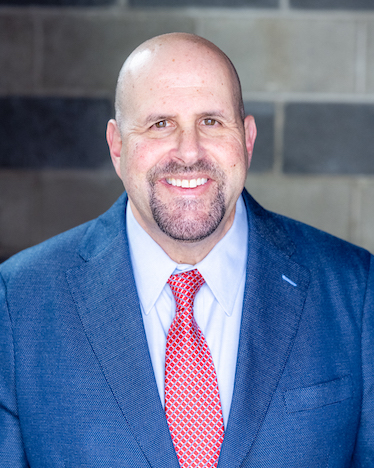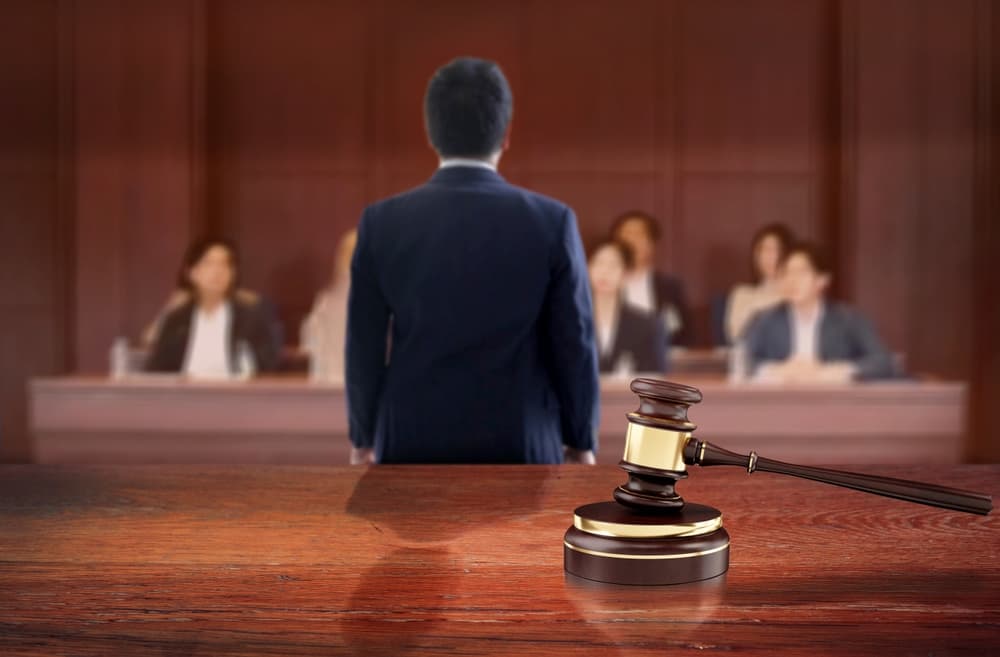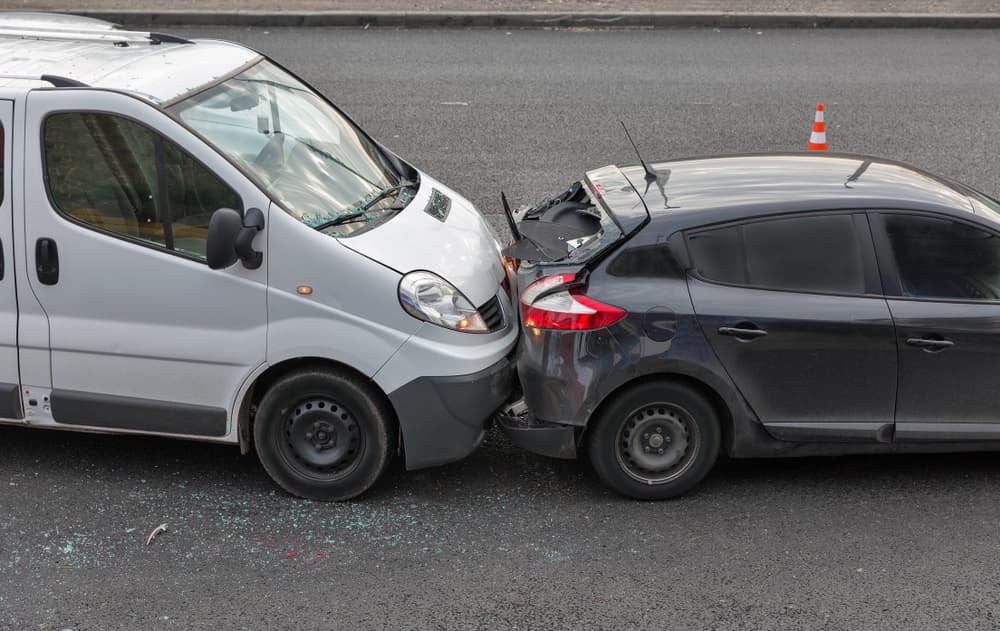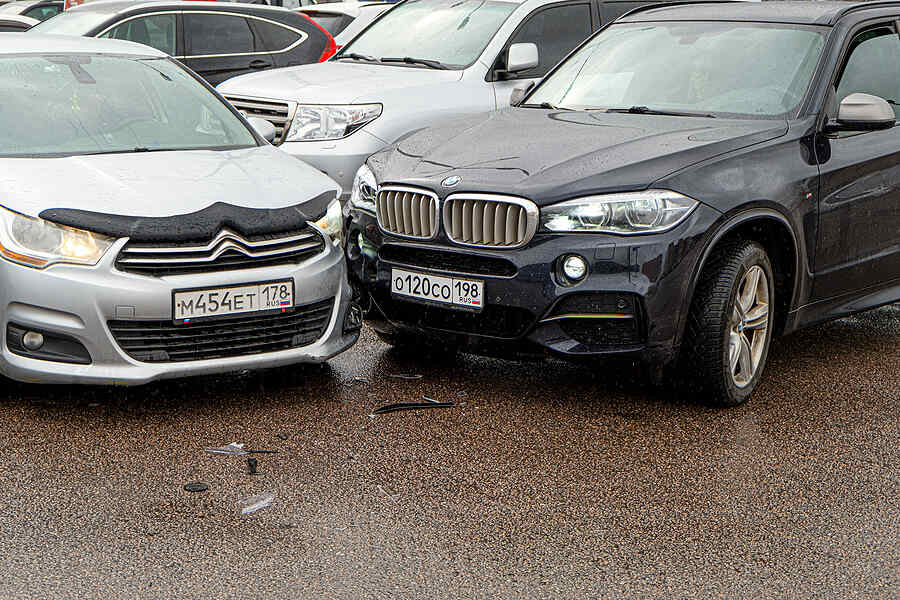Motor vehicle accidents, including car and truck collisions, motorcycle crashes, bicycle accidents, and pedestrian accidents, can lead to debilitating injuries. Unfortunately, many of these accidents happen when other drivers behave recklessly or negligently.
After an accident and injuries, take several important steps.
First, always obtain prompt medical treatment even if you are unsure about the full extent of your injuries.
Seeking this medical treatment helps prevent any injuries you have from worsening. Next, consult a knowledgeable Chicago Car accident lawyer in your area as quickly as possible.
As soon as a lawyer enters an appearance in your case, they can begin advocating for your legal rights and interests. They review the police report and, if necessary, retain an accident reconstructionist who can investigate your accident circumstances and determine fault.
Schedule a Free Initial Consultation Today!
How Do Motor Vehicle and Pedestrian Accidents Frequently Occur?
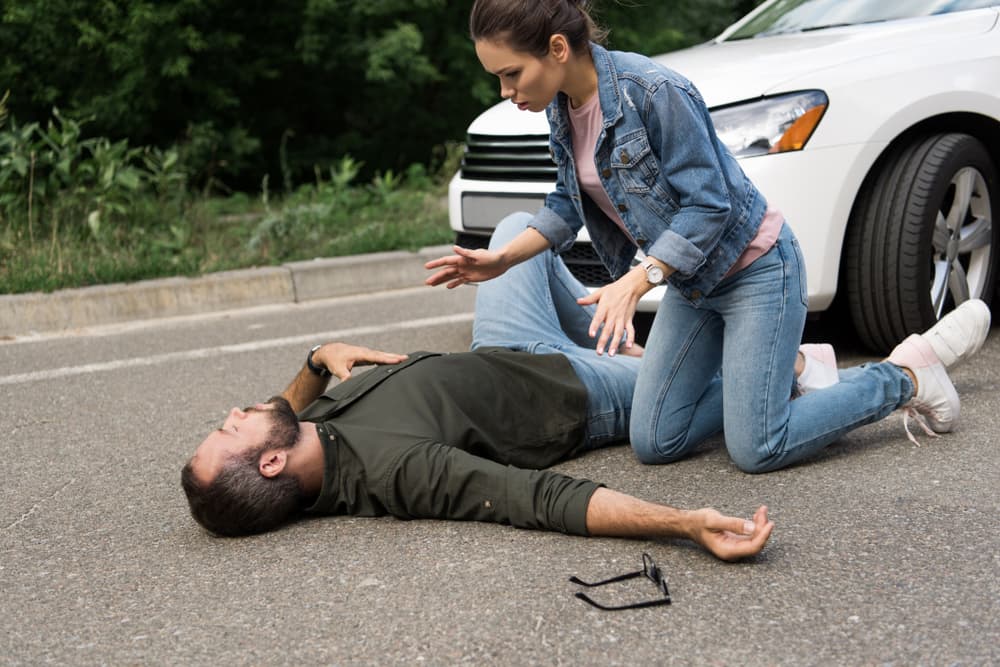
Negligence on the roads encompasses a myriad of actions by others that can lead to motor vehicle accidents spanning various modes of transportation. In car accidents, reckless driving is a common factor.
Tailgating, excessive speeding, and failure to yield are common forms of negligence that often result in collisions.
Impatience or a disregard for traffic laws typically fuels these actions and puts both drivers and passengers at risk.
Truck accidents, with their potential for catastrophic outcomes, often also stem from negligence. Overloaded trucks, tired or distracted truck drivers, and inadequate maintenance of the vehicles contribute to the heightened danger on the roads.
The consequences can be severe, affecting not only those directly involved but also creating a ripple effect on surrounding traffic.
Motorcycle accidents frequently result from the negligence of other road users who fail to adequately share the road.
Drivers who fail to check blind spots, signal improperly, or underestimate the speed of motorcycles are often responsible for these incidents. The vulnerability of motorcyclists amplifies the repercussions of such negligence, often leading to more severe injuries.
Though less frequent, bicycle accidents can cause serious injuries due to a driver's negligence. Drivers who fail to give cyclists enough space, open car doors without checking for approaching bicycles, or neglect to obey traffic signals can cause serious accidents.
The lack of protective barriers for cyclists underscores the importance of heightened awareness and responsibility for all road users.
Pedestrian accidents, often the most devastating, are frequently a result of drivers’ failing to yield the right-of-way or engaging in distracted driving. Negligent actions, such as running red lights or failing to stop at crosswalks, place pedestrians at an elevated risk of injury or fatality.
Negligence in motor vehicle accidents is a multifaceted issue that spans different modes of transportation. Whether it is reckless driving, distracted driving, or a failure to adhere to traffic rules, the consequences can be severe and far-reaching.
Injuries in Motor Vehicle and Pedestrian Accidents
Motor vehicle accidents and pedestrian accidents can inflict a wide array of physical injuries and mental health complications on those involved. Physical injuries often manifest because of the intense forces involved in collisions. Whiplash, a common injury in car accidents, occurs when the head jerks forward and backward rapidly, straining the neck. This can lead to persistent pain, stiffness, and headaches.
Traumatic brain injuries (TBIs) are another severe consequence, arising when the head sustains trauma or a violent jolt. TBIs can cause symptoms for weeks or months, and some brain injuries cause lasting impairments, affecting cognitive functions and memory.
Orthopedic injuries, such as fractures, sprains, and strains, are also prevalent in motor vehicle accidents. The sudden and forceful impact can place immense stress on the bones and joints, resulting in long-lasting pain and reduced mobility. Spinal cord injuries, while less common, are among the most catastrophic, potentially leading to paralysis and a lifetime of challenges for the affected individual.
Beyond the physical realm, motor vehicle accidents and pedestrian accidents can also have profound effects on mental health.
Post-traumatic stress disorder (PTSD) often emerges as a result, particularly in individuals who have experienced a traumatic event during an accident. Flashbacks, nightmares, and heightened anxiety can persist, significantly affecting daily life.
Depression and anxiety disorders may also arise, stemming from the emotional toll of recovering from injuries, financial burdens, or the fear of future accidents.
The psychological consequences can extend to a diminished quality of life, strained relationships, and a sense of vulnerability.
Additionally, victims may face challenges in resuming their daily activities, contributing to feelings of isolation and frustration.
The long-term nature of some injuries can lead to chronic pain, exacerbating mental health issues and creating an ongoing cycle of physical and emotional distress.
The repercussions of car and pedestrian accidents extend far beyond the immediate physical injuries. From whiplash and traumatic brain injuries to orthopedic issues and spinal cord injuries, the spectrum of physical harm is vast. Simultaneously, the toll on mental health, encompassing PTSD, depression, and anxiety, emphasizes the holistic effects of these accidents on individuals' lives. Addressing both the physical and psychological aspects is crucial for comprehensive recovery and rehabilitation.
What Should You Do After Seeking Medical Treatment Following a Motor Vehicle or Pedestrian Accident?
After an accident that someone else has caused, your focus on the path to recovery should extend beyond the initial exchange of contact information and seeking medical treatment. A pivotal step involves documenting the scene and gathering evidence.
Specifically, you should take photographs of the accident site, any visible injuries, and the vehicles involved and obtain contact information from witnesses who may provide crucial testimony later.
Promptly reporting the incident to law enforcement is also vital. A detailed police report can be valuable evidence when dealing with insurance claims or legal proceedings.
Be thorough in your account of the events, ensuring accuracy and completeness. If you cannot obtain a police report at the scene, visit the local police station to file one as soon as possible.
You or your personal injury attorney should also contact your insurance provider promptly to report the accident. Provide them with the necessary information and details about the incident. It is crucial to be honest and thorough in your account. Insurance companies play a pivotal role in facilitating the compensation process, and a transparent and timely communication approach can streamline the claims process.
Seeking a thorough medical evaluation after the initial treatment is essential. Some injuries may not manifest immediately, and a comprehensive assessment can uncover hidden issues. Follow the prescribed treatment plan diligently, attend all medical appointments, and follow through with rehabilitation programs. Documenting your medical journey, including medications, therapies, and any consequences on daily life, contributes to building a compelling case for compensation.
It is also important to retain all records and receipts related to medical expenses, including bills, prescriptions, and receipts for out-of-pocket costs. This meticulous documentation is crucial when seeking compensation for medical expenses and other damages.
Hiring a personal injury attorney is a prudent step to navigate the complexities of legal proceedings. An experienced attorney can provide guidance on your rights, assess the strength of your case, and negotiate with insurance companies on your behalf. They are pivotal in ensuring you receive fair compensation for your injuries, lost income, and other damages.
Maintaining open lines of communication with all involved parties is crucial. This includes ongoing communication with your healthcare providers, insurance company, and legal representation. Regular updates and cooperation contribute to a smoother resolution of your case.
The aftermath of a motor vehicle accident or pedestrian accident demands a proactive and comprehensive approach. Documenting the scene, involving law enforcement, reporting the incident to your insurance company, seeking thorough medical evaluations, retaining records, and consulting with a personal injury attorney collectively form a strategic framework to navigate the challenges that arise after such traumatic events.
What Types of Evidence Are Helpful When Legally Proving a Motor Vehicle or Pedestrian Accident?
Compelling evidence is key when establishing the legal elements of a car accident or pedestrian accident claim or lawsuit. One of the most crucial pieces of evidence is the detailed police report filed at the scene of the accident. This report outlines the specifics of the incident, including statements from involved parties, witness accounts, and the officer's observations. It serves as a foundational document in building a case, providing an official record of the events.
Photographic evidence from the accident scene holds significant weight. Clear, detailed photos can vividly illustrate the extent of damage to vehicles, the position of vehicles post-collision, road conditions, and any visible injuries. These images serve as tangible representations of the incident, offering visual support for the claims made.
Witness statements, if available, contribute valuable perspectives to the narrative. Eyewitness accounts provide independent viewpoints and can corroborate or clarify details outlined in the police report. Securing witnesses' contact information ensures they can testify if needed during legal proceedings.
Medical records and documentation of injuries are crucial in establishing the extent of harm suffered. Comprehensive records from healthcare providers, including diagnoses, treatment plans, and prognosis, bolster the claim for damages. This evidence links the injuries directly to the accident, validating the need for compensation.
Communications with insurance companies, including correspondence and documentation of filed claims, are also essential. These records highlight the efforts to seek compensation and provide a timeline of interactions with the insurance provider. The accident victim should preserve written statements or recorded conversations as they may serve as evidence of the involved parties’ admissions or acknowledgments.
In pedestrian accidents, surveillance footage from nearby cameras can be instrumental. Such footage may capture the sequence of events and the actions of both the pedestrian and the driver and can be compelling evidence to establish fault.
Maintaining a comprehensive record of all expenses related to the accident, including medical bills, vehicle repair invoices, and any other out-of-pocket costs, strengthens the financial component of the claim. This documentation creates a clear picture of the economic repercussions of the incident on the injured party.
Detailed police reports, photographic evidence, witness statements, medical records, insurance communications, surveillance footage, and financial documentation collectively form a robust evidentiary foundation in proving the legal elements of a car accident or pedestrian accident claim or lawsuit. Each piece contributes to the overarching narrative, strengthening the accident victim’s case for fair compensation.
Compensation in Motor Vehicle and Pedestrian Accidents
Following a motor vehicle collision or a pedestrian accident, accident victims may be eligible for various types of monetary damages to address the emotional, physical, and financial toll of their incident. One prominent category is compensatory damages, which seek to reimburse victims for specific losses.
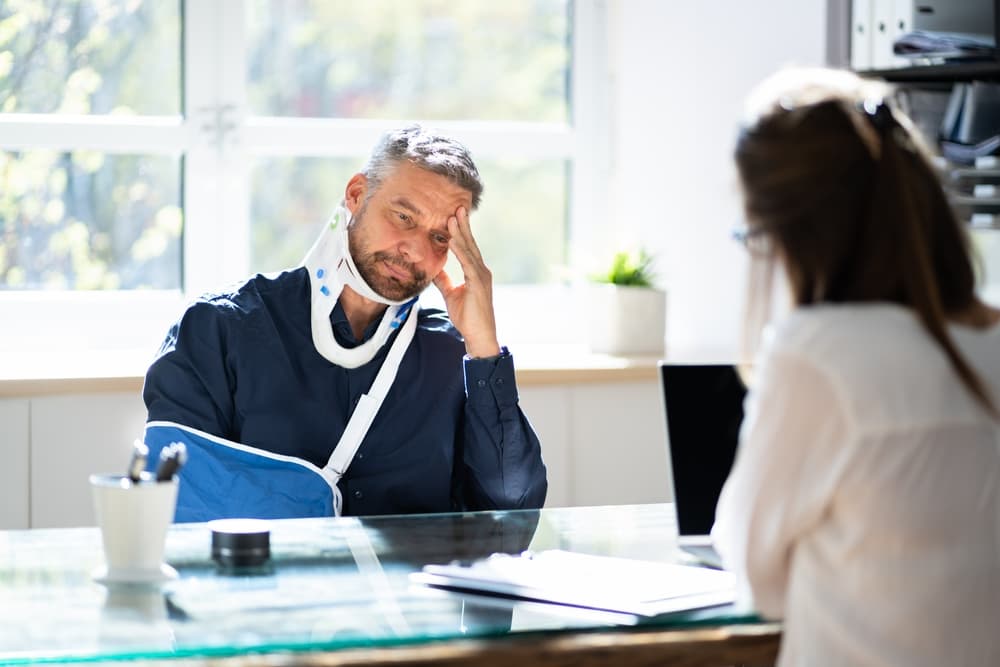
Medical expenses are an important component of compensatory damages. This encompasses costs incurred for immediate medical care, ongoing treatment, surgeries, prescription medications, and rehabilitation. Thorough documentation of these expenses, including invoices, receipts, and records from healthcare providers, is crucial. The aim is to ensure the victim receives adequate compensation for all healthcare-related costs resulting from the accident.
Lost income and diminished earning capacity represent another facet of compensatory damages. In the aftermath of an accident, victims may face temporary or permanent disabilities that hinder their ability to work. Compensation for lost income seeks to address the financial consequences of these setbacks, covering the recovery period and potentially extending to future earnings compromised due to the accident.
Property damage is another tangible consequence of motor vehicle collisions. Compensation for repairs or replacement of damaged vehicles and any personal belongings within them falls under compensatory damages. Receipts, estimates, and documentation of the vehicle's value are vital in substantiating this aspect of the claim.
Pain and suffering, both physical and emotional, are subjective but significant components of compensatory damages. These damages aim to acknowledge the enduring pain, distress, and mental anguish the victim has experienced. Medical records, psychiatric evaluations, and testimonies from mental health professionals can contribute to establishing the extent of these damages.
In cases where the at-fault party's conduct is particularly egregious, the accident victim may seek punitive damages. Unlike compensatory damages, punitive damages intend to punish the wrongdoer and deter similar behavior in the future. This type of damages typically requires a higher standard of proof regarding the at-fault party’s actions.
Beyond compensatory and punitive damages, accident victims may also pursue damages for loss of consortium. This addresses the effects of the injuries on the accident victim's relationships with others, including the loss of support, companionship, and the ability to engage in familial or spousal activities.
The range of damages available to accident victims after a motor vehicle collision or pedestrian accident is diverse. From compensatory damages covering medical expenses, lost income, and property damage to punitive damages in cases of extreme negligence, the legal system seeks to provide a comprehensive framework for addressing the multifaceted consequences of such incidents.
Contact an Experienced Personal Injury Lawyer for More Information Today
If you recently suffered injuries in an accident that resulted from someone else's careless and reckless behavior, time is of the essence. An experienced Chicago personal injury attorney can begin advocating for you right away and pursuing the settlement or litigation compensation you need to become whole again.
